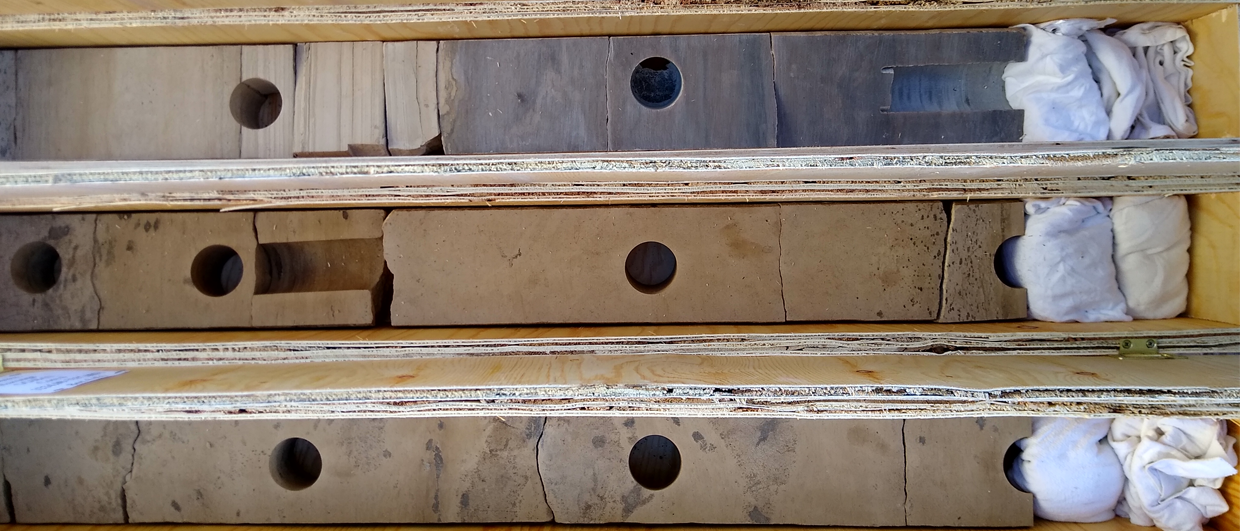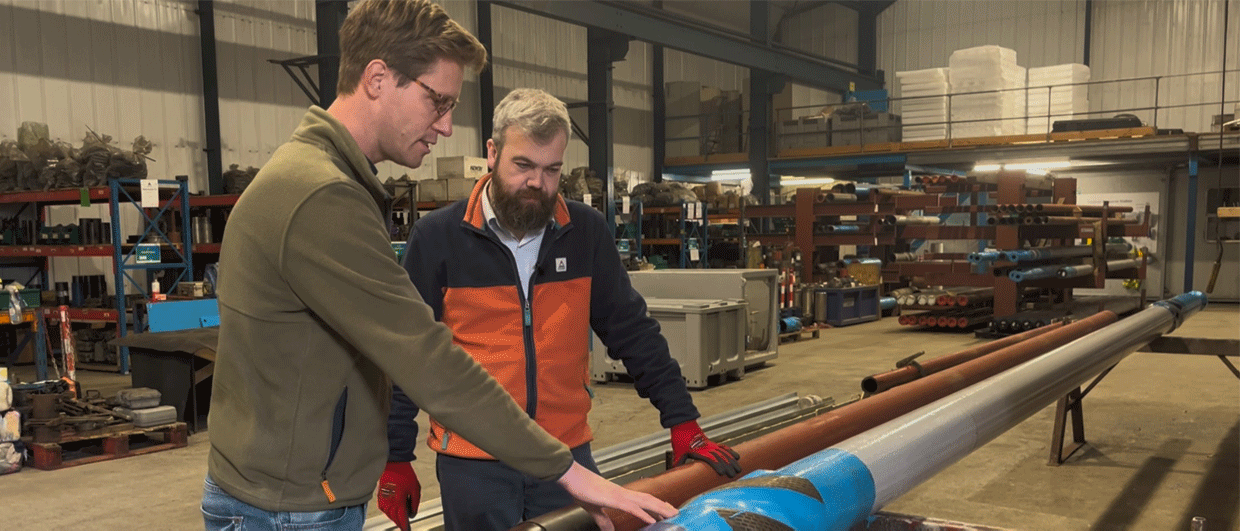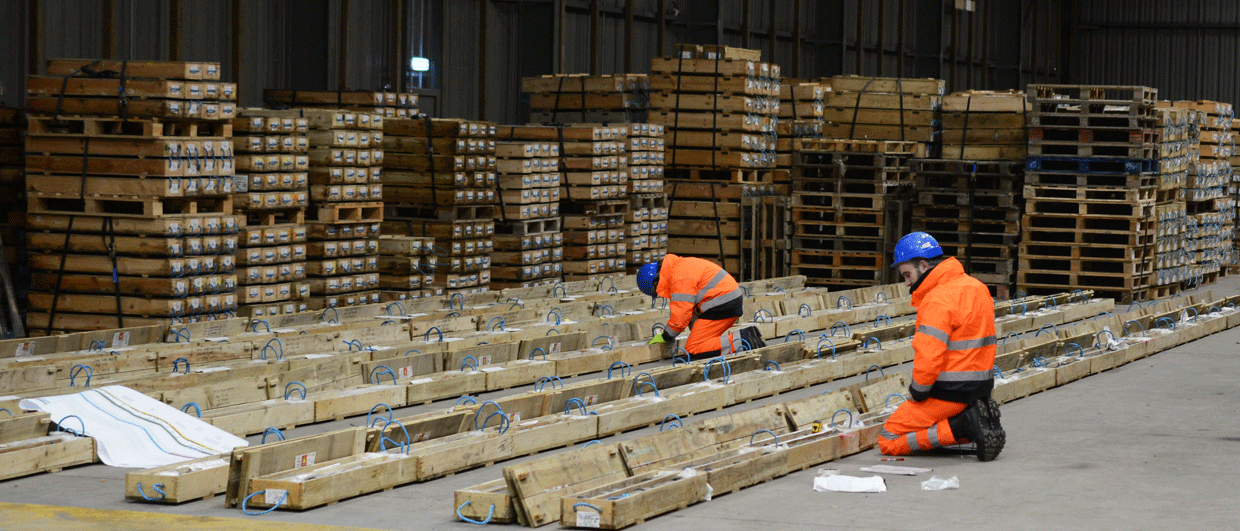 Where most exploration activity on the UK Continental Shelf took place in the North Sea, and later along the Atlantic Margin west of the Shetland Islands (WOS), it is good to remember that other areas also witnessed brief spells of drilling. The core featured here is from one of those “forgotten” areas that experienced a short period of rather intense activity; the Southwest Approaches, an area that aligns with the maritime boundary with France. In fact, the well is only located about 15 km from French waters.
Where most exploration activity on the UK Continental Shelf took place in the North Sea, and later along the Atlantic Margin west of the Shetland Islands (WOS), it is good to remember that other areas also witnessed brief spells of drilling. The core featured here is from one of those “forgotten” areas that experienced a short period of rather intense activity; the Southwest Approaches, an area that aligns with the maritime boundary with France. In fact, the well is only located about 15 km from French waters.
According to the composite well log, the cores from this fairly coarse-grained interval belong to the so-called Bunter Pebble Bed. Very much resembling a fluvial depositional environment, given the organisation of (mud) clasts and trough cross-bedded sands, it is no surprise that the wellsite geologists named this interval after the well-known Bunter sands from the Southern North Sea, further to the east. But is it really the same as the Bunter?
Well, that will be difficult to prove based on a log signature alone, but the fact is that geologists have looked at this interval at a later stage and renamed it to the Sherwood Sandstone. This is a name that is frequently used for Lower Triassic sands in the Celtic Sea between the UK and Ireland, as well as onshore areas.
But regardless of the name of this coarse-grained thin unit, which is only about 25 m in thickness in this well, it makes you wonder what geological event caused the appearance of a coarse-grained fluvial system when the depositional environment both before and after is characterised by finer-grained floodplain and sabkha environments for such a long and seemingly uninterrupted time.
Then there is the dead oil comment in the margins of the composite well log. According to petroleum system analyses done in the area, it is the stratigraphically higher Lower Jurassic that is oil-prone in the area. It could be in a downfaulted position somewhere close to 73/14-1, possibly explaining some oil migration. But looking at the cores now, with no sign at all of any oil staining, the conclusion seems justified that this was a dry well.
Murphy Oil donated this core to North Sea Core, a small Community Interest Company I run in addition to editing this magazine. Murphy is one of the few names that were around in the UK in 1986, when 73/14-1 was drilled, and that is still around. Stan Stanbrook, who is a geologist at Murphy Oil and who has been instrumental in getting the core shipped back to the UK, wrote to me that he is currently looking at newly acquired core from a major discovery his company made in Vietnam. Core still rules.





